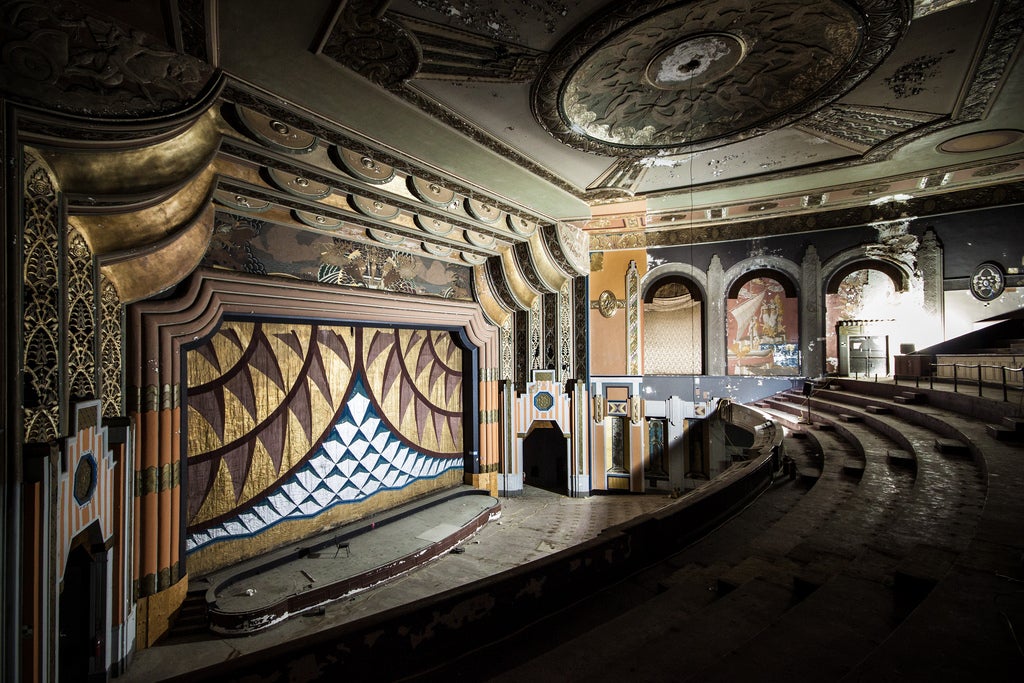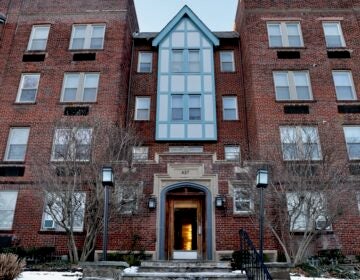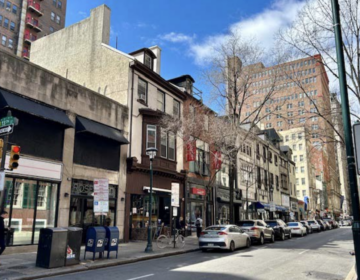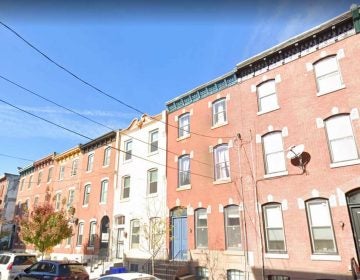Hardship hearing for Boyd Theatre next week, consultants say reuse requires subsidy

Philadelphia Historical Commission Committee on Financial Hardship meeting:
WHEN: Tuesday, January 28, 9am
WHERE: 1515 Arch Street, room 18-029
Agenda [pdf]
Boyd Redevelopment Timeline
May 2002 – March 2003: Goldenberg Development Corporation explored reuse strategies (concert venue, dinner theater, special event space, offices and classrooms for the Pennsylvania Ballet).
September 2003: Goldenberg and Clear Channel announce partnership to restore the Boyd as a theater for first-run Broadway touring productions. Goldenberg was unable to secure public funding toward this project.
March 31, 2005: Goldenberg sold the Boyd to Boyd Development LP, a subsidiary of Clear Channel, then Live Nation. Live Nation continued the attempted redevelopment of the Boyd as a theater for touring Broadway shows. Live Nation, however, sold its theatrical division, stalling out on redeveloping the Boyd.
August 2008: Historical Commission votes to list the Boyd in the Philadelphia Register of Historic Places.
August 2008 – January 2010: Hal Wheeler of ARCWheeler advanced redevelopment strategy which would have preserved the Boyd and added a 28- story, 250-room hotel on the adjoining lot that would have cantilevered over the Boyd’s auditorium. Hal Wheeler passed away in January 2010.
2010: Live Nation considered renovating the Boyd into a 2,200 capacity standing general admission live entertainment venue for touring live music acts. Live Nation determined it could not justify the rehabilitiaton in light of anticipated revenues.
January – April 2011: 1910 Chestnut LP advanced a mixed-use redevelopment plan, but the group was not able to secure investment partners and finalize the development plan.
October 2012: Live Nation and International Finance Company (as R Investment Nine LP) entered into agreement of sale for the Boyd. R Investment Nine has a ground lease agreement with 30 West Pershing LLC which has sub-ground-leased with iPic. R Investment Nine is the project developer and owner; iPic would be the tenant and operator. The current proposal is to construct an eight-screen movie theater behind the Chestnut Street facade and headhouse.
Source: RES Report 1/16/14
Is there a financial hardship that prevents the reuse of the Boyd Theatre, Philadelphia’s last movie palace?
That’s the question that will be before the Philadelphia Historical Commission at a hearing on Tuesday.
Many development plans for the Boyd have come and gone in the last decade. The most recent plan, as PlanPhilly reported in November, involves demolishing most of the historic theater to make way for the construction of a boutique, eight-screen movie house. The only part of the original Boyd Theatre proposed for reuse under the current plan would be the Chestnut Street façade and the exterior entrance area where tickets were sold (known as the headhouse).
The Boyd was listed in the Philadelphia Register of Historic Places in 2008. That same year City Council enabled the Historical Commission to designate exceptional interior spaces as historic, but designation of the Boyd’s deteriorating but remarkable Art Deco interiors was never pursued.
In order to demolish most of the buidling, the developers need to persuade the Historical Commission that there is a “financial hardship” so burdensome that no owner can reasonably reuse or adapt the property for any purpose. In order to justify demolition based on financial hardship, the owners must show that sale of the property “is impracticable, that commercial rental cannot yield a reasonable rate of return, and that other potential uses are foreclosed.”
And that’s the argument would-be developers will put before the Historical Commission’s Committee on Financial Hardship on Tuesday, January 28. [PDF]
To inform its process the Historical Commission engaged an independent consultant to review the hardship application (a layer of review made possible thanks to an earlier hardship settlement). Real Estate Strategies (RES) issued its report on the Boyd hardship filing last week. [PDF]
As part of their work RES conducted interviews with developers, advocates, and officials; reviewed the developer’s hardship affidavit and supporting documentation; inspected the Boyd’s interior and exterior; and reviewed some possible development alternatives. The development scenarios RES explored included reuse as Broadway-style theater, a multipurpose live entertainment venue, a single-screen movie theater, retail and restaurant uses, and combined restaurant/theater uses.
Based on interviews and analyses, RES determined “that the redevelopment of the Boyd is not economically feasible without significant public subsidies.”
None of the specific scenarios studied by RES, and supplemented by analysis from Econsult, were projected to be profitable enough given the anticipated construction costs, which could run in the $40 million range. In addition to the expense associated with upgrading the building’s systems and rehabbing it for a new use, RES found the Boyd’s location to be a drawback.
“All of these factors result in excessive costs and extensive risks associated with redeveloping the building,” RES concluded.
Retail is a newer reuse concept for the Boyd, which RES explored in its research. In order to make retail work RES found that the Boyd would need a long-term tenant paying $120 per square foot, after utilities, taxes, insurance, for the project to work. And that is a long shot. By comparison, RES pointed out, the Nordstrom Rack planned for the corner of 17th and Chestnut is paying $50 per square foot, triple-net, for space in a corner building on a stronger retail block. The 1900 block of Chestnut Street is “not considered to be one of the City’s prime locations commanding premium prices,” the report said, making a retail or restaurant use more challenging.
One plan that RES was unable to fully explore as part of its study was one put forward in 2011 by an entity called 1910 Chestnut LP. RES did see preliminary plans this group was advancing, which involved a restaurant and theater reuse. But “the individual did not provide his name and declined to share any information or analysis to substantiate the contention that the uses proposed were financially feasible.” RES could not evaluate if the plan was economically feasible because of incomplete information.
WHYY is your source for fact-based, in-depth journalism and information. As a nonprofit organization, we rely on financial support from readers like you. Please give today.








